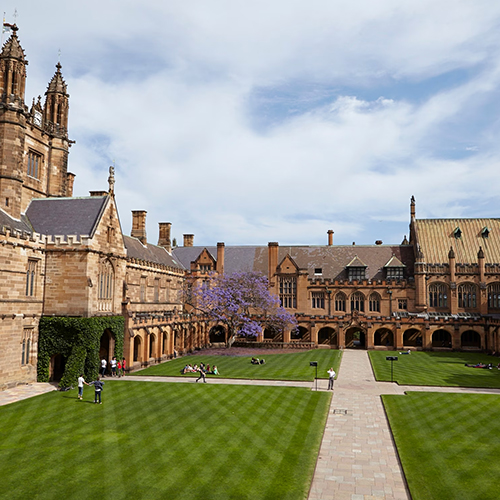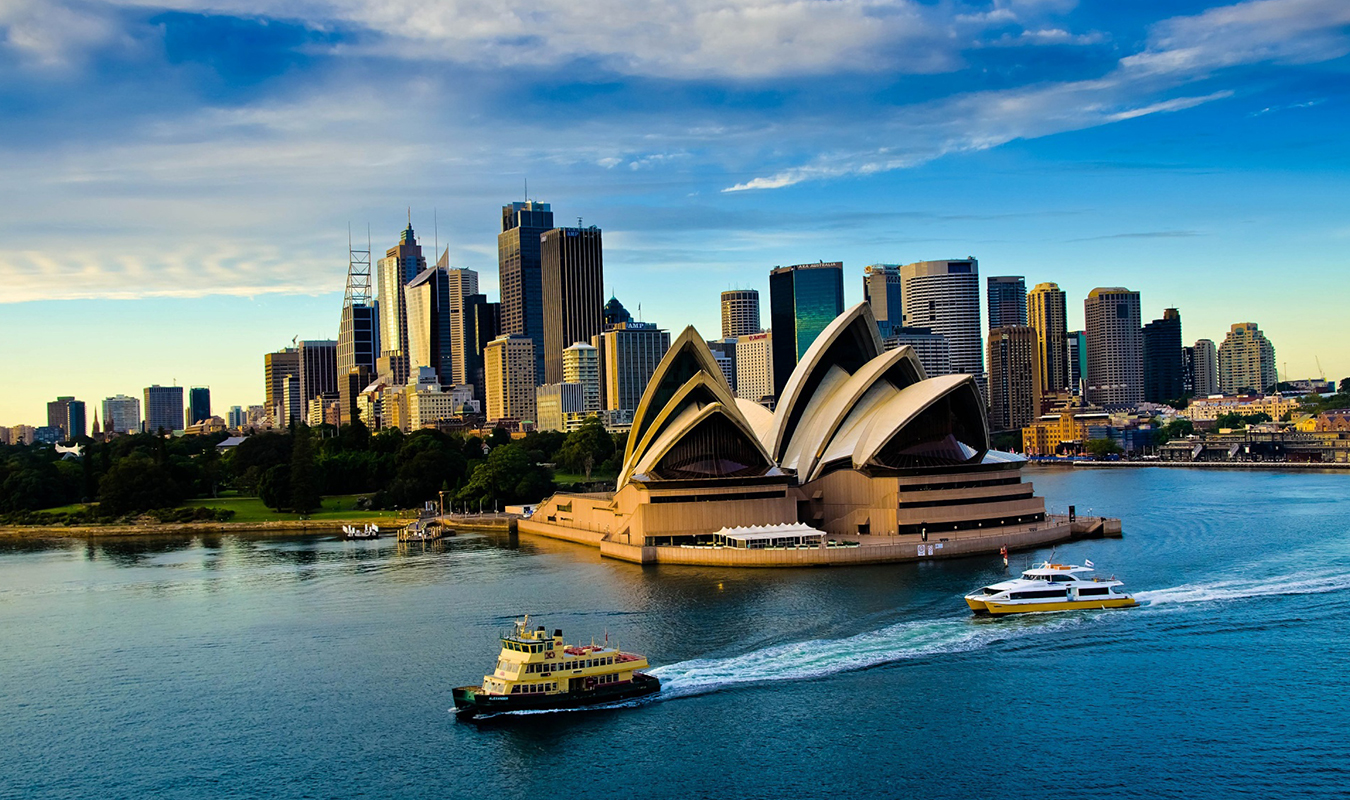

Public – 38 Universities
Private – 3 Universities

English is the official language of Australia. In order to study there, a student must have a certain level of proficiency over the language. This has to be manifested/ proved to the authorities of both the university as well as the visa office.
The best way of improving your level of English is by sitting the International English language Testing System (IELTS) exam. Most university websites give the level required to be achieved for the course the student intends to study in terms of the IELTS Score.
Other Tests: Higher studies in specific or professional areas such as teacher training or teacher assistant courses may require course specific tests as well.
This section provides information about English proficiency requirements and about IELTS & GMAT.

You need to apply for a student visa. To be granted a student visa you must complete a visa application form, lodge it with the evidence required, pay the application charge and satisfy the student visa requirements. You can be granted a student visa only if you intend to study a registered course on a full-time basis and meet with a number of visa conditions after you have entered Australia. Here you will find information regarding Visa requirements and procedures.
You need to apply for a student visa. To be granted a student visa you must complete a visa application form, lodge it with the evidence required, pay the application charge and satisfy the student visa requirements. You can be granted a student visa only if you intend to study a registered course on a full-time basis and meet with a number of visa conditions after you have entered Australia.
To be granted a student visa you must satisfy the visa requirements and meet with a number of visa conditions for attendance and academic performance which come into effect after your entry in Australia. Your Student (Temporary) Visa will list the conditions that apply specifically to you. It is important to meet with your visa conditions to avoid visa cancellation. Student visa information on this website is an outline only and subject to change. For more detailed, accurate and up-to-date information on student visas and visa requirements please check with Wingrow Education.
The Student (Temporary) Visa has separate sub-classes for each education sector. You should apply under the visa sub-class for your principal course of study.

With only the US and UK ahead of it, Australia has the third largest number of international students studying there. For many students from all over the world, Australia is their first choice of English-speaking study destination. This is because Australian qualifications are world recognized and often lead to good job positions. The study costs are also comparable to the US & UK.

Australian qualifications are globally recognized both in terms of as a base for pursuing higher education as well as securing jobs. This is thanks to the Australian Qualifications Framework (AQF) which is a national system of learning pathways recognized throughout Australia and the world.

International students in Australia on a student visa can apply for permission to work up to 20 hours a week during course time and full-time during vacation periods.
Students must meet minimum academic requirements and need a sufficient level of English language proficiency for entry to Australian education and training institutions. Institutions will assess whether you meet the selection criteria set for your proposed course of study. They will look at the level and content of the study you have completed in Australia or your home country.

International students studying in Australia on a student visa can apply for permission to work once they start their course. Applying for a student visa with permission to work can be done electronically or on paper using form 157P or through Wingrow.
A visa with permission to work enables you to work up to 20 hours a week on a casual basis during course time and full-time during vacation periods. Occasionally family members can also apply for permission to work up to 20 hours a week throughout the year. In the case of masters and Ph.D. students and AusAID or Defence-sponsored students, family members can apply for permission to work unlimited hours. If you are the family member of a student who has commenced a masters or Ph.D. course, you must bring evidence from the education provider that the student has started this course. Under certain circumstances dependents of students are permitted to work.
The application charge for a student visa with permission to work is $55 however this is subject to yearly review.
The income you get from working in Australia should only supplement your income and not be used as your only source of income. Before you come to Australia, you must show that you have enough money to pay for living expenses, education costs and travel for the duration of your study.
Most students take part-time or casual jobs at some time during their studies. Some jobs are closely tied to courses of study (such as part-time work by law students in solicitors’ offices). Some students teach school children or get jobs on campus in the canteen, the bookshop, in the institution’s offices and as lab assistants. Some jobs are entirely outside the education community such as bartending, babysitting, gardening, hospitality, sales, computers, restaurants, or fruit picking.
Some institutions offer a job placement service. If work is available you will need to obtain a tax file number from the Australian Tax Office. You will need to contact them about their requirements and processes.
Student visa information on this website is an outline only and subject to change. For more detailed, accurate and up-to-date information on student visas and visa requirements please check with Wingrow Education office.

Australia offers a very high standard of living, thus making a good place to live in. The cost of study in Australia is comparable to that of the UK and US. Actual tuition fee could vary from institution to institution, depending on location as well as course content.
Australia as a destination for higher study has grown in popularity because:
It offers study options at a cost comparable to that in the US and UK whilst still maintaining a high standard of living.
It offers a range of tuition fee bands depending on location, institution and course content. Scholarships though available often cannot be availed by internationals because they fail to meet the required profile.
On an average, a student requires approximately AUD$ 360 per week to meet his/her rent, food, clothing, travel and incidental costs. However, individualistic needs may differ and budgets would have to be suitably worked on.
All international students going to Australia must have insurance coverage provided by registered providers in the form of Overseas Student Health Cover. In addition, a student may choose to take additional insurance to cover property, accidents and even loss of baggage, flight changes and repatriation during the initial outbound travel.
On landing in Australia on a student visa, a student is allowed to work part time for the duration of study and can thus successfully limit the transfer of funds from India for living expenses.
